How The American Drive-In Is Making An Epic Comeback

What was once a favourite hangout place for young people and families alike has fallen by the wayside with the growth of its competitors. Take a look at how drive-in movie theatres came to be so popular in America before taking a tremendous fall. Then, see how some property owners are keeping their theatres alive and starting a trend of renovated drive-ins.
The Invention Of The Drive-In
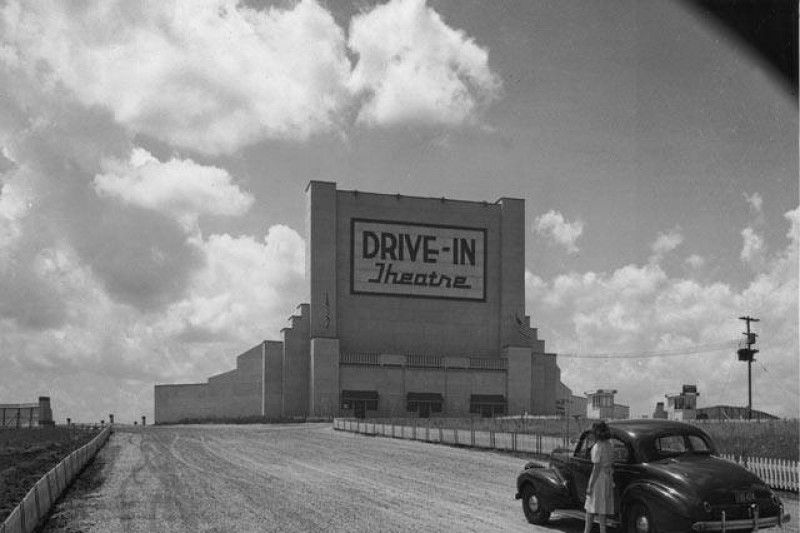
In 1932, Richard Hollingshead wanted to try something new at his home in New Jersey. He mounted an old Kodak projector to the bonnet of his car and shot film onto a screen that he fashioned from a sheet nailed to the trees in his back yard. A radio was placed behind the screen for the audio, and ramps were used under the front tyres of the cars parked in the driveway so that everyone could get a good view of the movie. Within a year, Hollingshead patented his idea and opened the first real drive-in theatres in Camden, New Jersey.
Popularity Grows
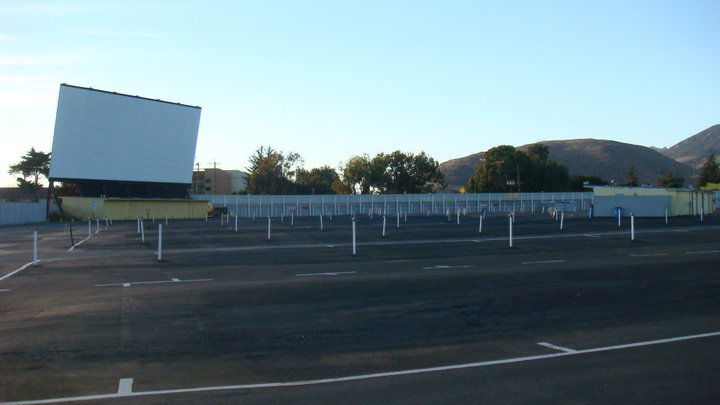
The idea took off like wildfire as 95 other drive-in theatres opened in 27 states within the first ten years. The concept was so new to the public that many theatres hosted open house times in the daylight so that potential customers could tour the property, seeing the screens and refreshment areas before coming back for a night-time movie. In the 1940s, most theatres had begun using RCA’s individual car speakers, so they could hear the movie more clearly and control their own volume.
The Height Of The Trend
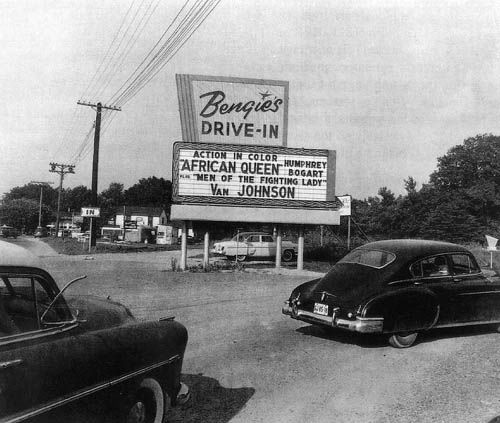
The 1950s and 1960s saw the greatest attendance at drive-ins. Families could see a new movie at a much lower cost than at a traditional theatre, and many drive-ins had a playground area to keep the kids entertained before sunset. Young adults found the privacy of their car to be a perfect spot for a date night make out session. At the peak of their popularity, there were nearly 5000 drive-in theatres in the US. Some offered double features, where customers could enjoy two movies for the price of one. One of the largest drive-ins, the Johnny All-Weather Drive-In in New York, covered 28 acres and could fit over 2500 cars to watch on its two large screens.
The Decline
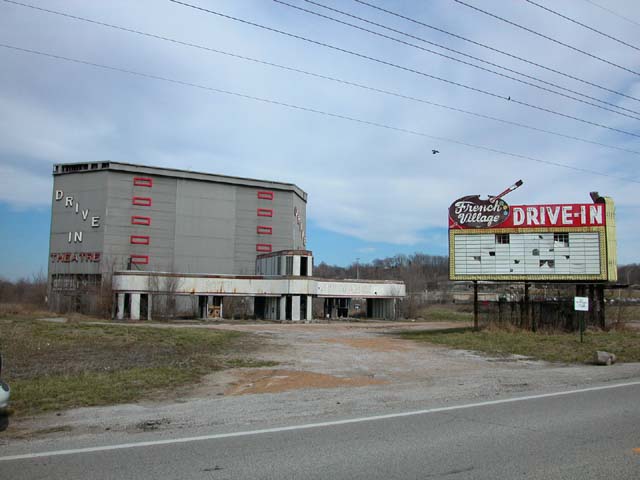
The 1970s and 1980s saw the biggest decline in drive-in theatre attendance, forcing many owners to shut down or sell the property. Since most theatres were built in the suburbs, the property value increased with the growth of the cities, and higher taxes were imposed on the owners. The introduction of cable TV, VCRs and movie rental stores encouraged families to stay at home instead of going out for movie night. Some theatres started showing mature films and adult films to supplement their ticket sales, but it only created a negative image and discouraged families from attending the regular showings.
Remaining Theatres
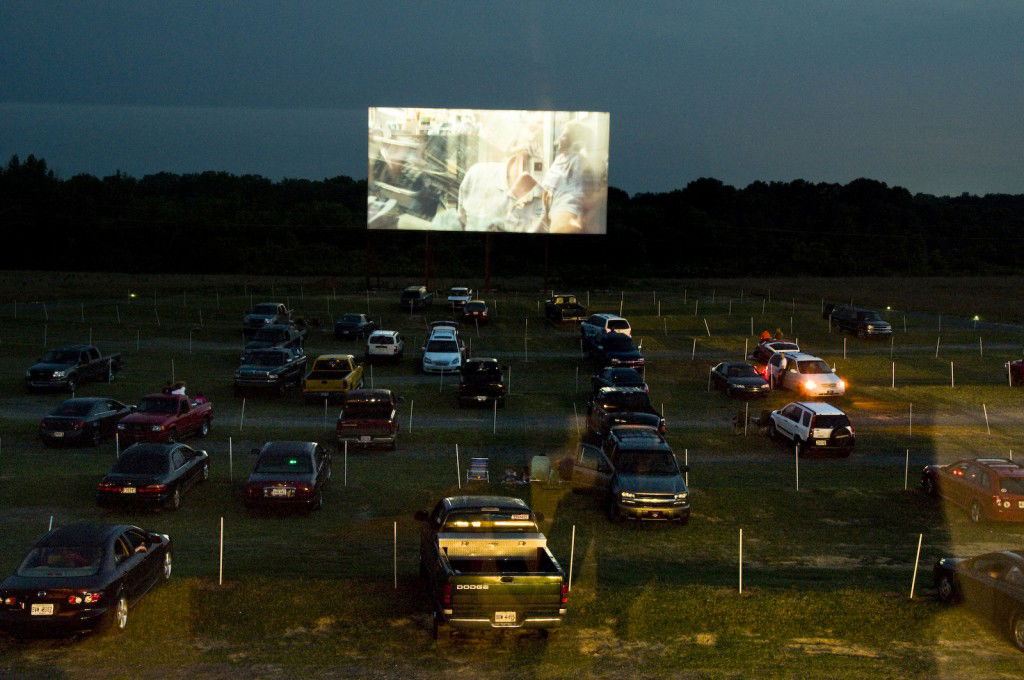
Now, only about 350 drive-in theatres are still operating in the US. The remaining few have faced a new problem in the last few years. As movies have switched from 35mm film to digital form, the theatre owners have been forced to upgrade their equipment with costly digital projectors. To off-set the costs, many locations have dual purposes as flea markets, swap meets or car events. Here are some links to help you find a functioning drive-in in your area:
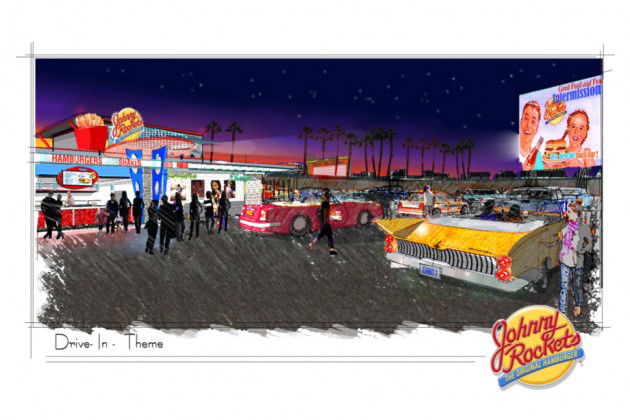
In addition to crowd funding campaigns and event fundraisers, one major partnership may just help the movement to rekindle the old drive-in trend. The popular drive through restaurant chain Johnny Rockets announced last year that it has partnered with the company USA Drive-Ins to help open 200 new drive-in theatres by 2018. Each location will hold 500-700 cars and be completely dressed in 1950s décor, including the famous Johnny Rockets counter. The company says ticket prices will be significantly lower than those at indoor movie theatres, as the real income will be generated from food sales.
We sure hope this movie going experience doesn’t fade away soon. There’s no better seat than in your own car to sit back, relax and enjoy your favourite film.
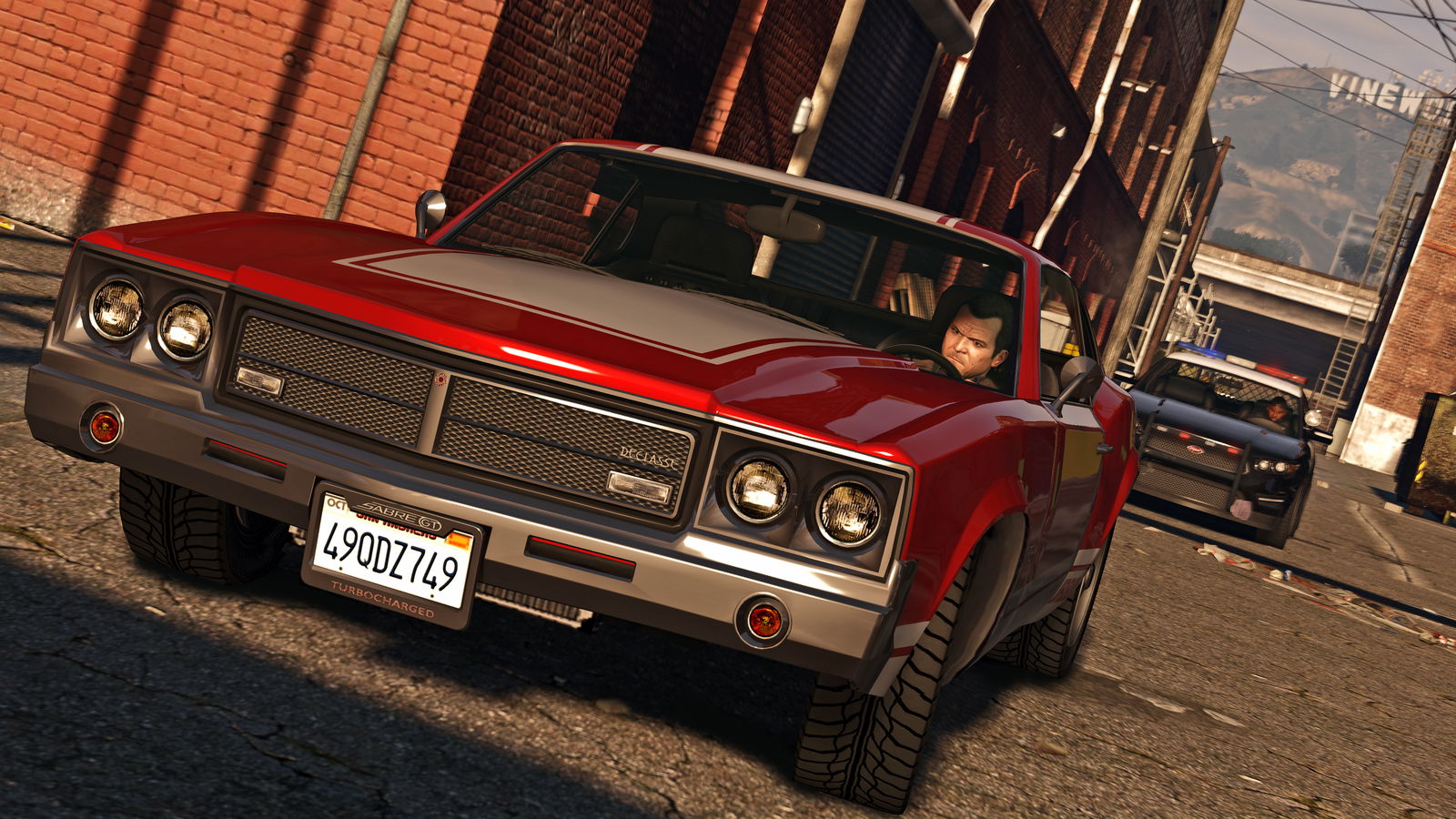
Comments